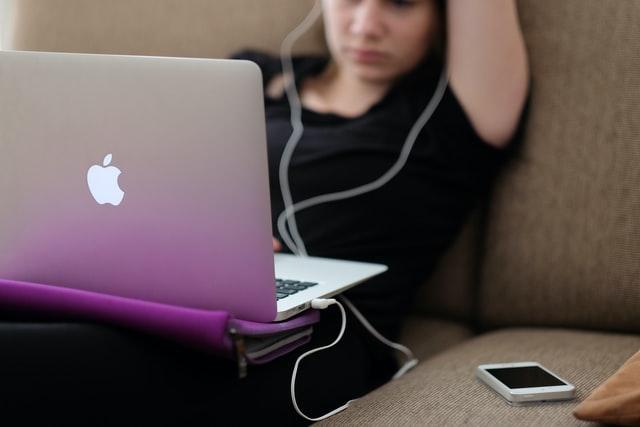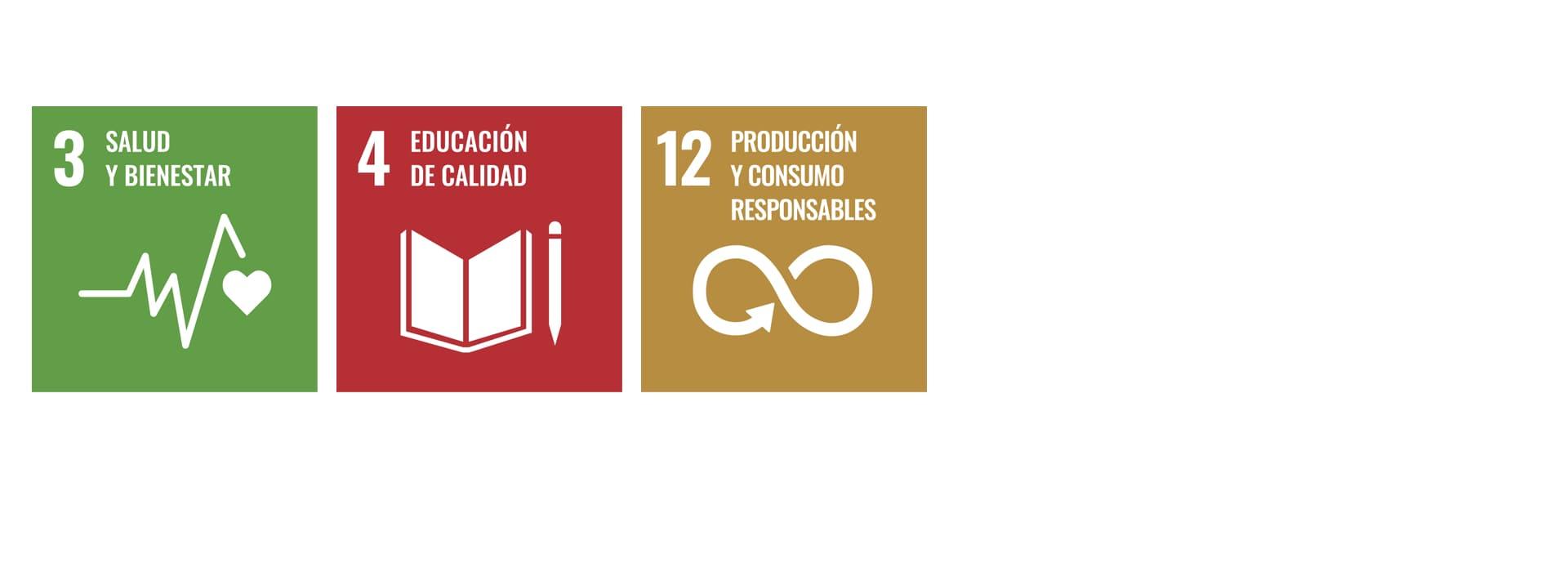Internet and teens: addiction or escape?
25 Enero - 2022
Javier Wilhelm
Director of the Master in Professional Mediation
Faculty, psychologist and mediator
__
Almost two years ago, young people socialized in the neighborhood, in leisure or educational spaces, in sports organizations and also through social networks. But in the early 2020s, the world changed and the change locked them in their homes - like the rest of humanity - where they were forced to live with the same people, within the same walls every day and without many resources other than television and the communication channels provided by the Internet.
The survey on drug use in secondary education in Spain (Estudes, 2021) points out that one in four Spanish students between 14 and 18 years of age makes "compulsive use of the Internet"
What was a difficult change for most of humanity to adjust to, was a bit more so for adolescents. This time of life is all about making the transition to what psychologists call "the exit to exogamy" but, above all, to begin to socialize with the world.
Is there a compulsive use of the Internet?
Going out implies having relationships, friendship, getting lost on the beach, staying out late at night sharing spaces with friends their age, transgressing the rules of the adult world, playing to measure how far they can go, taking risks. The Survey on Drug Use in Secondary Education in Spain (Estudes, 2021) has questioned us on how young people use the Internet by pointing out that one in four Spanish students between 14 and 18 years of age make "compulsive use of the Internet".
The pandemic has settled among us and we can say that the map no longer corresponds to the territory: what we knew has become unrecognizable. Fear and insecurity have appeared and planning for the long term is almost an ideal. Obviously, this situation affects our youth and it is natural that symptoms of social unrest begin to manifest themselves. Thus we have seen the first uncontrolled outbursts denoting rage, anger, frustration, despair and, in the worst cases, indifference.
With the pandemic came fear and insecurity, a situation that has affected our young people, who have begun to show symptoms of social unrest
What life was like in the pandemic of the early 20th century - the so-called Spanish flu (1918-20) - is incomparable to what it is like today. In the first decade of the 20th century, adolescence hardly had a name. Most young people entered the workforce at an early age. It was from 1940 onwards that young people began to be recognized as a stage of life and to be seen as a different and differentiated generation, with the healthy exercise of challenging the established. In the previous pandemic there were neither adolescents nor Internet. In this one, yes.
The emergence of technology in the twentieth century creates a world with changes at a speed like we had never seen before in which appears the virtual planet and the possibility of living in what Andy Stalman (Stalman, A.; Stalman. A. (2016). Humanoffon. Barcelona, Deusto) call "life on and off". Thus, adolescence was the generation that adapted the earliest and best to the uses that the Internet brought to our lives.
The Internet has contributed greatly to the mental health of our adolescents, but we are aware that the challenge, now, is that it should not be the only channel of communication among young people
The Estudes survey highlights Internet use as an addictive behavior in adolescence. We do not think it is correct to identify it in this way. It is understandable to see the risk of internet use, as bullying is not comparable to the power that cyberbullying brings: access to a world that adults cannot control with difficult risks to respond to. Adults do not know how to take care of our young people and we will have to look for resources to open healthy spaces for dialogue within families and socio-educational and/or sports environments to minimize risks.
Internet, a way of escape
But, despite what has been said, we believe that the Internet has contributed greatly to the mental health of our adolescents in the face of the pandemic. It has opened a channel that provided them with intimacy, freedom, expression of desires, anger and frustrations. It connected them with the world, allowed them to relate to other young people and also the healthy exercise of sexuality. It has been an "escape" from reality and social discomfort in the face of the specter of permanent death. Perhaps it anesthetizes us, but our young people have socialized and communicated.
We are aware that the challenge, now, is that it is not the only channel of communication between young people and that the virtual world does not become a kind of parallel world, with the unreal and distorted that can give the illusion that technology brings. Adults have tasks here:
-
Accompanying them in their start in life
-
Help them to build vital projects for their independence.
-
Review the contents and messages that adolescents can find in the virtual universe (with the complexity of access due to generational distance).
Mediators and psychologists are here to help create safe spaces for dialogue so that we all emerge strengthened from the times we are living in. To communicate again implies effort and patience. Not doing so and thinking that time cures everything, brings us a dangerous illusion.

